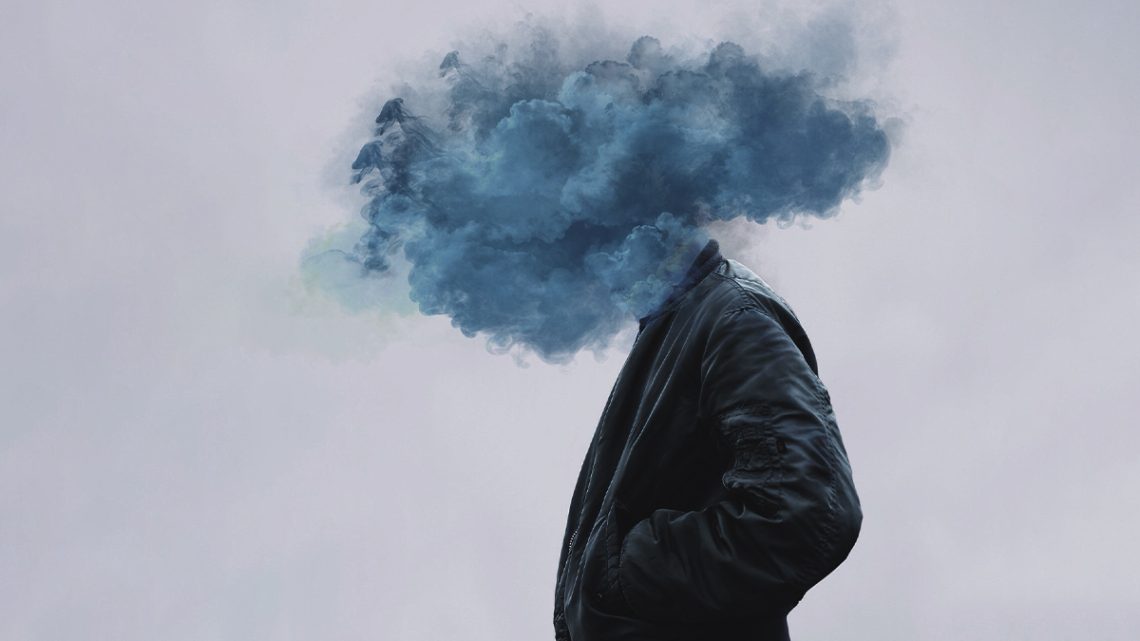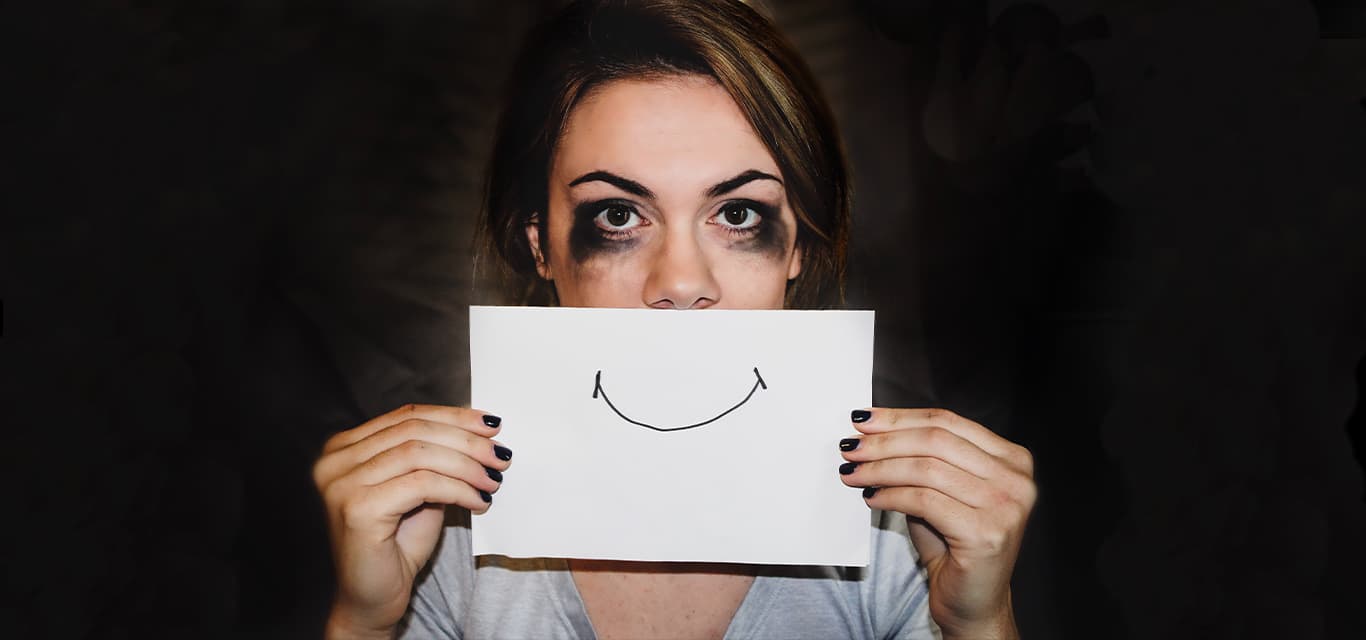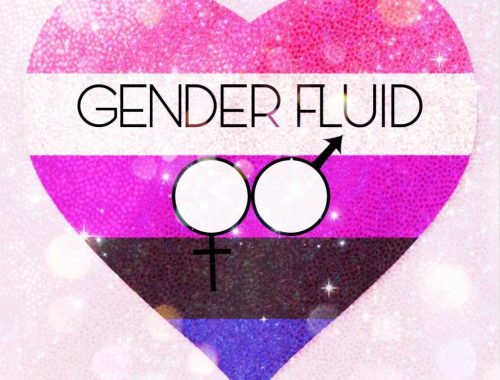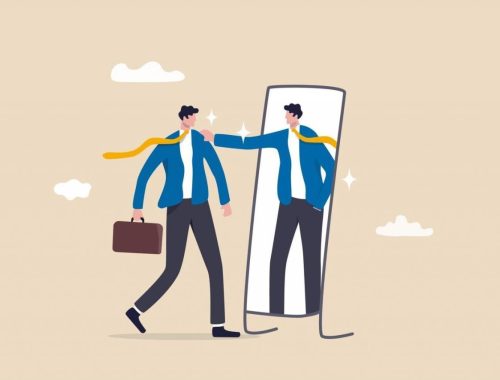
How To Recognize When You Are Depressed
Feeling down from time to time is a normal part of life, but when emotions such as hopelessness and despair take hold and just won’t go away, you may have depression. More than just sadness in response to life’s struggles and setbacks, depression changes how you think, feel, and function in daily activities. It can interfere with your ability to work, study, eat, sleep, and enjoy life. Just trying to get through the day can be overwhelming.
Depression varies from person to person, but there are some common signs and symptoms. It’s important to remember that these symptoms can be part of life’s normal lows. But the more symptoms you have, the stronger they are, and the longer they’ve lasted—the more likely it is that you’re dealing with depression.
10 Common Depression symptoms
- Feelings of helplessness and hopelessness. A bleak outlook—nothing will ever get better and there’s nothing you can do to improve your situation.
- Loss of interest in daily activities. You don’t care anymore about former hobbies, pastimes, social activities, or sex. You’ve lost your ability to feel joy and pleasure.
- Appetite or weight changes. Significant weight loss or weight gain—a change of more than 5% of body weight in a month.
- Sleep changes. Either insomnia, especially waking in the early hours of the morning, or oversleeping.
- Anger or irritability. Feeling agitated, restless, or even violent. Your tolerance level is low, your temper short, and everything and everyone gets on your nerves.
- Loss of energy. Feeling fatigued, sluggish, and physically drained. Your whole body may feel heavy, and even small tasks are exhausting or take longer to complete.
- Self-loathing. Strong feelings of worthlessness or guilt. You harshly criticize yourself for perceived faults and mistakes.
- Reckless behaviour. You engage in escapist behaviour such as substance abuse, compulsive gambling, reckless driving, or dangerous sports.
- Concentration problems. Trouble focusing, making decisions, or remembering things.
- Unexplained aches and pains. An increase in physical complaints such as headaches, back pain, aching muscles, and stomach pain.
Depression and anxiety are believed to stem from the same biological vulnerability, which may explain why they so often go hand-in-hand. Since anxiety makes depression worse (and vice versa), it’s important to seek treatment for both conditions.

Types of Depression
Depression comes in many shapes and forms. While defining the severity—whether it’s mild, moderate, or major—can be complicated, knowing what type you have may help you manage your symptoms and get the most effective treatment.
Mild and moderate depression
These are the most common types. More than simply feeling blue, the symptoms of mild depression can interfere with your daily life, robbing you of joy and motivation. Those symptoms become amplified in moderate depression and can lead to a decline in confidence and self-esteem.
Recurrent, mild depression (dysthymia)
Dysthymia is a type of chronic “low-grade” depression. More days than not, you feel mildly or moderately depressed, although you may have brief periods of normal mood. The symptoms of dysthymia are not as strong as the symptoms of major depression, but they last a long time (at least two years). Some people also experience major depressive episodes on top of dysthymia, a condition known as “double depression.” If you suffer from dysthymia, you may feel like you’ve always been depressed. Or you may think that your continuous low mood is “just the way you are.”
Major or clinical depression
Major depression (otherwise known as major depressive disorder) is much less common than mild or moderate and is characterized by severe, relentless symptoms. Left untreated, major depressive disorder typically lasts for about six months. Some people experience just a single depressive episode in their lifetime, but major depression can be a recurring disorder.
Atypical depression
Atypical depression is a common subtype of major depressive disorder with a specific symptom pattern. It responds better to some therapies and medications than others, so identifying it can be helpful.
People with atypical depression experience a temporary mood lift in response to positive events, such as after receiving good news or while out with friends. Other symptoms include weight gain, increased appetite, sleeping excessively, a heavy feeling in the arms and legs, and sensitivity to rejection.
Seasonal affective disorder (SAD)
For some people, the reduced daylight hours of winter lead to a form of depression known as seasonal affective disorder (SAD). SAD affects about 1% to 2% of the population, particularly women and young people. SAD can make you feel like a completely different person to who you are in the summer: hopeless, sad, tense, or stressed, with no interest in friends or activities you normally love. SAD usually begins in fall or winter when the days become shorter and remains until the brighter days of spring.
Causes and risk factors
While some illnesses have a specific medical cause, making treatment straightforward, depression is far more complicated. Certain medications, such as barbiturates, corticosteroids, benzodiazepines, opioid painkillers, and specific blood pressure medicine can trigger symptoms in some people—as can hypothyroidism (an underactive thyroid gland). But most commonly, depression is caused by a combination of biological, psychological, and social factors that can vary wildly from one person to another.
Despite what you may have seen in TV ads, read in newspaper articles, or maybe even heard from a doctor, depression is not just the result of a chemical imbalance in the brain, having too much or too little of any brain chemical that can be simply cured with medication. Biological factors can certainly play a role in depression, including inflammation, hormonal changes, immune system suppression, abnormal activity in certain parts of the brain, nutritional deficiencies, and shrinking brain cells. But psychological and social factors—such as past trauma, substance abuse, loneliness, low self-esteem, and lifestyle choices—can also play an enormous part.

What you can do to feel better?
When you’re depressed, it can feel like there’s no light at the end of the tunnel. But there are many things you can do to lift and stabilize your mood. The key is to start with a few small goals and slowly build from there, trying to do a little more each day. Feeling better takes time, but you can get there by making positive choices for yourself. If support from family and friends and positive lifestyle changes aren’t enough, it may be time to seek help from a mental health professional. There are many effective treatments for depression that a competent therapist can suggest.
You May Also Like

Understanding Gender Fluidity
2022-03-21
Self-Concept in Psychology
2022-03-23

